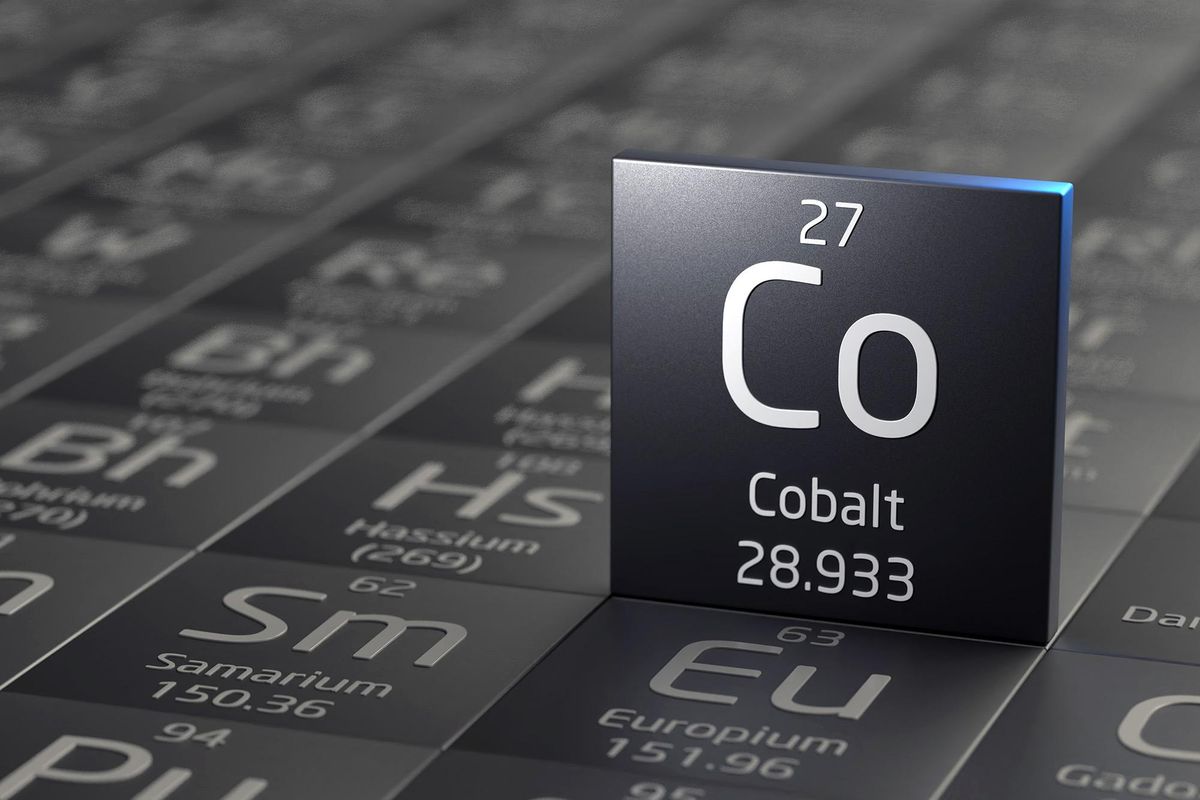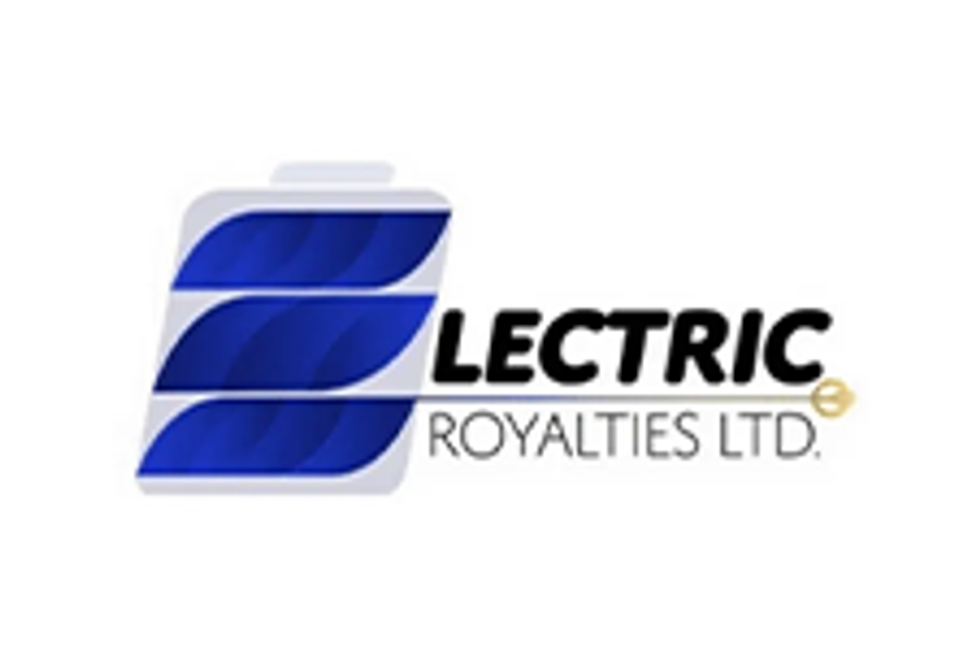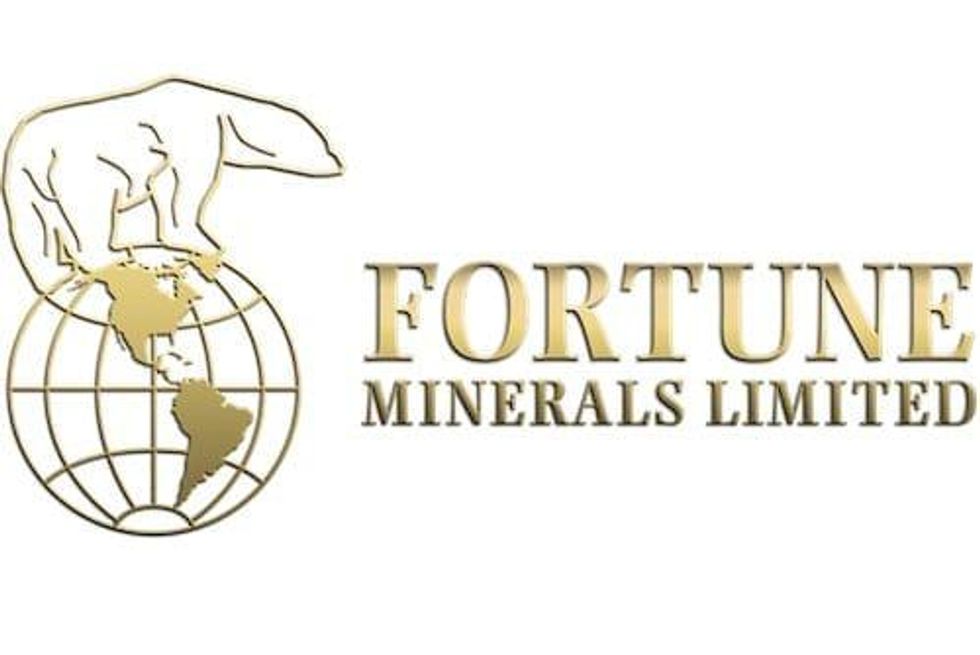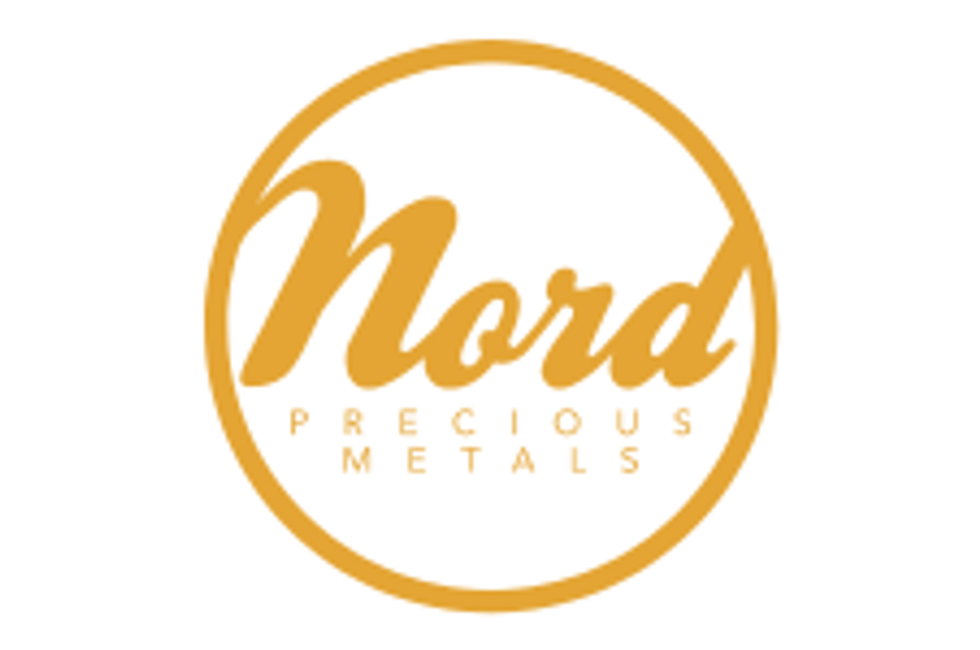Cobalt Market Update: Q1 2023 in Review
Cobalt supply remains higher than demand, leaving prices under pressure. Find out what other dynamics moved the market in the first quarter of 2023.

Battery metals have been making headlines in recent years as interest in electric vehicles (EVs) continues to surge.
However, when it comes to cobalt, prices have been facing downward pressure since mid-2022. And even though the market has seen some recovery, most analysts predict supply will continue to exceed demand in 2023.
With those sector dynamics in mind, the Investing News Network (INN) reached out to experts to get their thoughts on cobalt in Q1. Here's what they said about supply and demand, and what they see coming for the rest of the year.
How did cobalt prices perform in Q1?
Cobalt prices rallied from the end of 2020 to the beginning of 2022 on the back of strong demand from the EV sector. The portable electronics segment also saw increased demand during the COVID-19 pandemic, but higher supply paired with sluggish demand has put pressure on prices since June of last year.
During Q1, prices continued to drop from the highs seen in 2022, Roman Aubry of Benchmark Mineral Intelligence told INN.
“Downstream demand for battery materials has been weakening since Q4 2022, while cobalt supplies from the Democratic Republic of Congo (DRC) have been abundant, leaving cathode manufacturers little incentive to buy spot volumes,” he said.
The DRC is the world’s top cobalt producer, with mine output reaching 120,000 metric tons in 2022, according to the US Geological Survey. The African country increased mine supply by 22 percent last year, or 26,700 metric tons, Darton Commodities says.
As of mid-April, cobalt sulfate on an ex-works China basis was down by more than 19 percent year-to-date at US$5,256 per metric ton, Benchmark Mineral Intelligence data shows.
“While some price erosion in Q1 was expected, the pace and strength of the decline did catch the market off guard,” Aubry said. “Downstream inventories were greater than expected, and few market participants expected cathode manufacturers to face such diminished order books during the quarter.”
Cobalt supply and demand dynamics in 2023
Despite the decline in prices, overall demand for cobalt is still up compared to Q1 2022.
“We can expect EV and battery demand to continue solidly throughout Q2,” Aubry said. “However, the demand growth has cooled, and inventories throughout the supply chain continue to meet downstream demand and restrain upstream spot demand.”
Industrial demand for cobalt metal has been robust in the aerospace sector, especially in North America. “Industry statistics show a substantial uptick in air travel following the 2020 to 2021 lull caused by the coronavirus pandemic,” Aubry said.
Cobalt's ability to stand up to high temperatures and its good oxidation resistance make it an important element for superalloys, which are used for casting airfoils and other structural parts of jet turbine engines.
“While cobalt alloy of Chinese origin is unlikely to be sold to US manufacturers, alloy stocks held in European warehouses could be shipped to the US at a profit,” Aubry said. “In theory, they could be replenished with cheaper alloy from Chinese producers using hydroxide as feed. Although metal qualification requirements may hinder this 'swap.'”
Looking over to the supply side of the story, cobalt mine output saw its largest increase ever recorded in 2022, increasing 23 percent year-on-year, Darton Commodities states in its 2023 Cobalt Market Review.
“Following a high price environment in 2021 all the way through early 2022, the demand outlook was extremely strong, which encouraged a lot of mining companies to try and maximize their output,” Andries Gerbens, physical trader at the firm, told INN.
“A significant increase in cobalt mine production in the DRC, combined with a significant increase in mixed hydroxide precipitate production in Indonesia, added a lot of additional cobalt units to the supply base.”
In 2023, Benchmark Mineral Intelligence is still forecasting a surplus in the cobalt market.
“High-pressure acid leach (HPAL) operations in Indonesia will grow over the year, adding more supply to the cobalt market,” Aubry said. “Additionally, we expect the DRC capacity to continue to increase.”
The DRC dominates cobalt mine supply, and it is unlikely that will change any time soon. Companies operating in the African country include Glencore (LSE:GLEN,OTC Pink:GLCNF), Zhejiang Huayou Cobalt (SHA:603799) and Eurasian Resources Group.
“While other countries are expanding their cobalt output, none are positioned to dethrone the DRC,” Aubry said. “Indonesia in particular is in a massive growth period and has opened three HPAL plants in the last two years, one of which has just recently begun shipping in January.”
Events in Indonesia bring another key player in the cobalt space to the table: China. In 2022, China refined 91 percent of the world’s cobalt chemical supply and accounted for 76 percent of global refined cobalt production, according to Darton Commodities.
“(Indonesian) plants relied heavily on Chinese investment and know-how, further contributing to Chinese influence in the cobalt space,” Aubry said.
The DRC is home to the majority of the top cobalt mines, but seven out of 10 are Chinese-owned.
“There's still a growing interest, within China itself, possibly even from the refiners, to back integrate into mining, and therefore it would only make sense for them to be looking at DRC operations,” Gerbens said.
But with recent developments, and with the approach that the DRC government is taking towards some Chinese mining companies right now, there is a bit of a change taking place.
“It may not be as straightforward as it was before, where it was automatically assumed that if there's a new asset, most likely it's going to be Chinese owned, or it's going to be the purchase by a Chinese company,” he said.
Western governments have been trying to ensure they have secure and resilient supply chains for critical minerals, and legislation such as the US Inflation Reduction Act and the European Critical Raw Materials Act expected to bring more support for domestic and regional value chains.
“Western governments will need to invest throughout the supply chain if they wish to disentangle themselves from Chinese influence in the cobalt market,” Aubry said.
But beyond geopolitics, there are wider ESG concerns around mining in the DRC, in particular artisanal mining, the analyst said.
“This is a much more urgent supply chain concern, with downstream pressure to minimize DRC dependence,” Aubry added.
What's ahead for the cobalt market in 2023?
As Q2 begins to unfold, there are a few catalysts investors interested in the cobalt space should watch out for.
“Freight prices have returned to much more normal levels and are looking reasonably low this quarter,” Aubry said. “If they were to go up, this could see delivered prices increase, but likely at the expense of some spot demand.”
Additionally, some Chinese refiners may be looking to make a profit by buying hydroxide at low prices and converting it into cobalt metal to sell, he added.
“The cost of converting hydroxide into metal is currently a lot cheaper than buying metal at today's prices, and we've heard that several refiners may already be looking into this for Q2,” Aubry said. “This would somewhat improve hydroxide demand, though it is unclear to what extent.”
In terms of prices, a surge in demand from cathode manufacturers is unlikely during the second quarter.
“So notwithstanding a black swan event, hydroxide and sulfate prices are likely to remain suppressed,” Aubry said.
Furthermore, the recent resolution to the dispute between CMOC Group (OTC Pink:CMCLF,SHA:603993) and Gecamines over Tenke Fungurume mining royalties could unleash substantial cobalt hydroxide inventory. The Chinese company was banned from exporting since last July, but kept the mine running. Tenke Fungurume accounts for about 15 percent of global production.
“It is worth noting that because it has been a question of 'when' rather than 'if' the dispute would be resolved, we expect that some of the resulting bearishness is already baked into today's weak prices,” Aubry said. “However, some further hydroxide price erosion through Q2 does seem inevitable.”
In contrast, metal prices are a little more positive, with strong industrial demand indications from the US and Europe.
“However, if Chinese refiners choose to capitalize on the arbitrage between low cobalt hydroxide prices in Asia and high cobalt metal prices in western markets, we could see the positive metal price trajectory stabilize,” Aubry added.
Don’t forget to follow us @INN_Resource for real-time news updates.
Securities Disclosure: I, Priscila Barrera, hold no direct investment interest in any company mentioned in this article.
Editorial Disclosure: The Investing News Network does not guarantee the accuracy or thoroughness of the information reported in the interviews it conducts. The opinions expressed in these interviews do not reflect the opinions of the Investing News Network and do not constitute investment advice. All readers are encouraged to perform their own due diligence.
- Top 3 Canadian Cobalt Stocks (Updated November 2022) ›
- Cobalt Stocks: 5 Biggest Producers (Updated 2022) ›
- Cobalt Market 2022 Year-End Review ›



